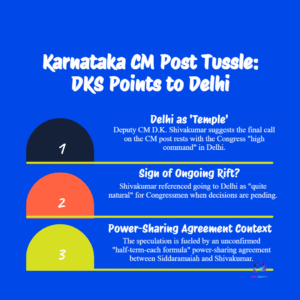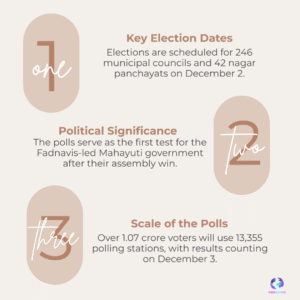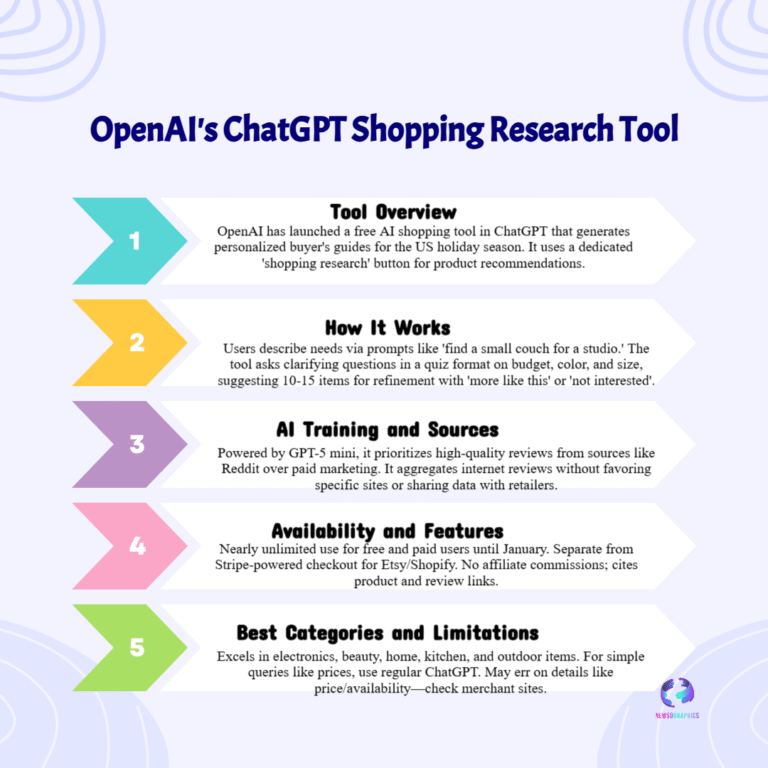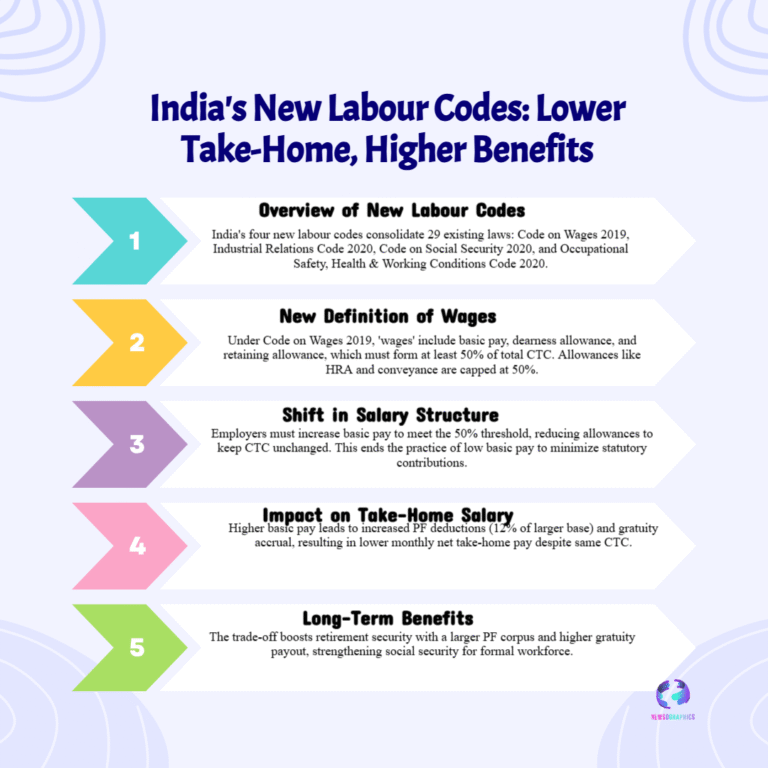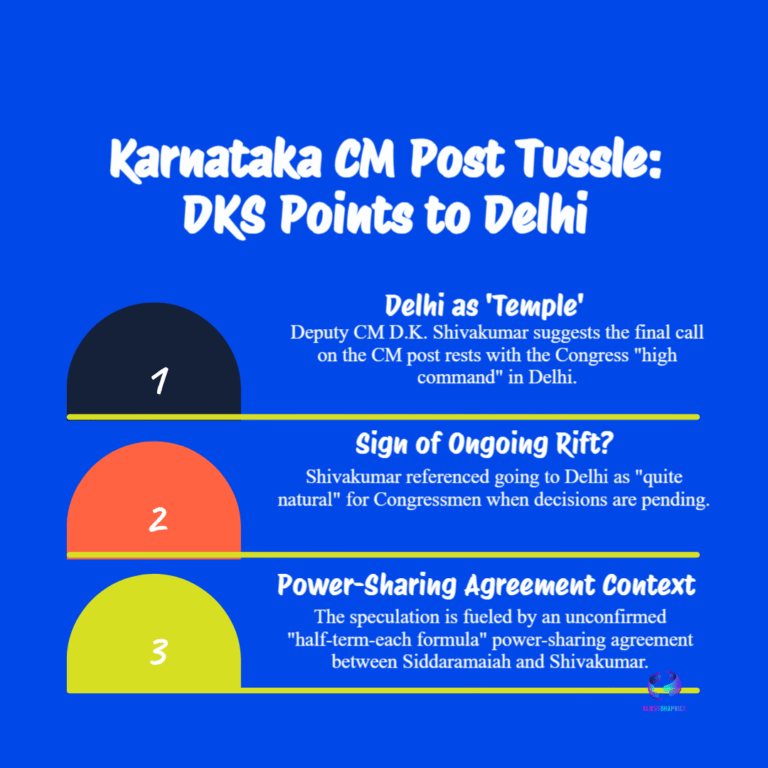Discover how life insurance can form the backbone of retirement planning in India — guaranteed income plans, annuities, participating policies, tax benefits and a practical roadmap for a secure retirement.
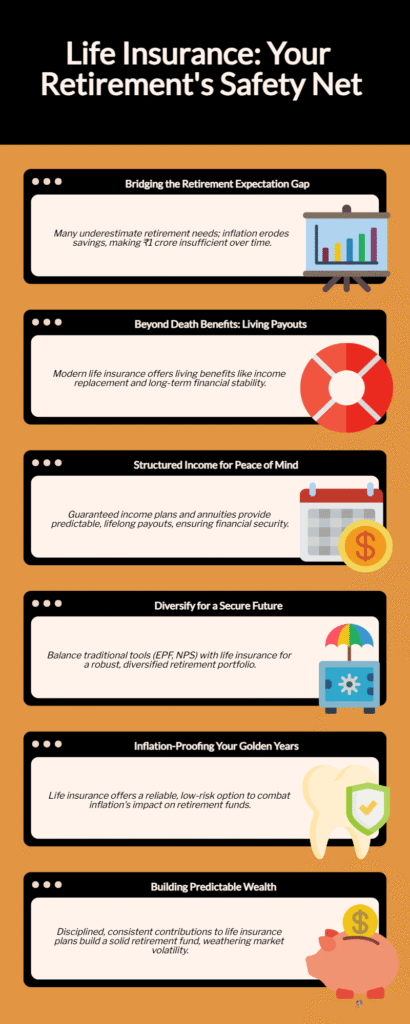
Retirement today means planning for decades — not just years. With increased life expectancy and rising healthcare costs, many Indians find that pensions and savings alone may not secure the lifestyle they expect after work. Life insurance, traditionally viewed only as protection for dependents, is increasingly being recommended as an integral part of a diversified retirement plan. Experts argue that the right life-insurance solutions — annuities, guaranteed income plans and participating policies — can supply steady cash flow and reduce longevity risk.
The preparedness gap is real: surveys show most people save only a small portion of income for retirement, leaving households exposed to inflation and medical emergencies. A corpus that looks adequate today can shrink rapidly in real terms if inflation runs at 5–7% over decades. Life insurance products that offer guaranteed payouts or annuity options can provide predictable income streams, helping retirees meet monthly expenses without relying solely on volatile market returns.
How life insurance fits in depends on product choice and goals. For capital protection and reliable payouts, guaranteed income plans and annuities convert a lump sum into periodic payments — effectively replacing a salary with a stable income. Participating policies (PAR) combine protection with potential bonuses, offering long-term growth while cushioning downside market volatility. For those wanting market exposure alongside safety, hybrid products or unit-linked plans (with caution on fees) can be blended into the retirement toolkit.
Practical retirement planning in India must still prioritise diversification. Traditional instruments such as EPF, NPS and PPF remain foundational for many employees, but these should be complemented with life insurance where predictable lifetime income or death benefits are desired. Financial planners recommend allocating across guaranteed instruments, market-linked assets and life-insurance annuities to balance growth, liquidity and longevity protection.
Key considerations for buyers: estimate future expenses with realistic inflation assumptions; match product cash flows to expected liabilities (medical costs, housing, travel); and check product features such as vesting age, annuity rate, surrender rules and insurer creditworthiness. Also consider tax implications — certain pension and insurance payouts have favourable tax treatment in India, which improves after-tax retirement income. Regular portfolio reviews ensure the plan adapts as goals or market conditions change.
Common search intent around this topic includes queries like “is life insurance good for retirement in India”, “best life insurance plans for retirement 2025”, and “annuity vs NPS for monthly pension”. Targeting such long-tail keywords in your coverage — for example a comparison piece titled “Annuity or NPS: Which gives better monthly income after retirement?” — can capture high-intent traffic while answering practical reader questions.
Ultimately, life insurance is not a one-size-fits-all solution, but when used correctly it becomes a powerful pillar of a retirement plan: guaranteeing steady income, protecting dependents, and adding discipline through regular contributions. For most Indians, the goal should be a balanced approach that combines statutory benefits (EPF, gratuity), market growth (equities, mutual funds) and insurance-backed certainty (annuities, guaranteed plans). Starting early and reviewing regularly remains the most dependable route to a retirement that is about thriving, not just surviving.


